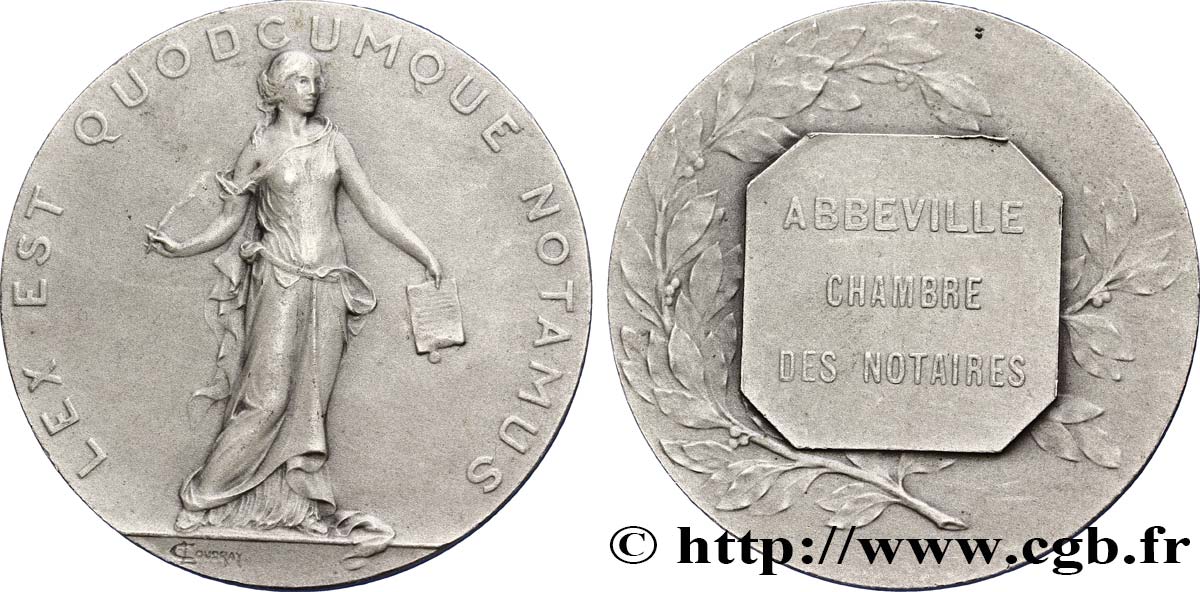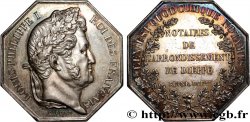E-auction 613-594279 - fjt_361857 - 19TH CENTURY NOTARIES (SOLICITORS AND ATTORNEYS) Notaires d’Abbeville n.d.
You must signin and be an approved bidder to bid, LOGIN TO BID. Accounts are subject to approval and the approval process takes place within 48 hours. Do not wait until the day a sale closes to register. Clicking on « bid » constitutes acceptance of the terms of use of cgb.fr private e-auctions.
Bids must be placed in whole Euro amounts only. The sale will start closing at the time stated on the item description; any bids received at the site after the closing time will not be executed. Transmission times may vary and bids could be rejected if you wait until the last second. For further information ckeck the E-auctions F.A.Q.
NO BUYER'S FEE.
NO BUYER'S FEE.
| Estimate : | 140 € |
| Price : | 23 € |
| Maximum bid : | 45 € |
| End of the sale : | 13 January 2025 20:10:00 |
| bidders : | 4 bidders |
Type : Notaires d’Abbeville
Date: n.d.
Metal : silver
Diameter : 32 mm
Weight : 14,26 g.
Puncheon : (corne) 1ARGENT
Rarity : R2
Catalogue references :
Obverse
Obverse legend : LEX EST QUODCUMQUE NOTAMUS.
Obverse description : Femme debout à droite tenant une plume et un acte portant scel.
Obverse translation : Est Loi ce que nous consignons.
Reverse
Reverse legend : ABBEVILLE - CHAMBRE DES NOTAIRES.
Reverse description : dans un cartouche sur deux branches de laurier.








 Report a mistake
Report a mistake Print the page
Print the page Share my selection
Share my selection Ask a question
Ask a question Consign / sell
Consign / sell
 Full data
Full data









